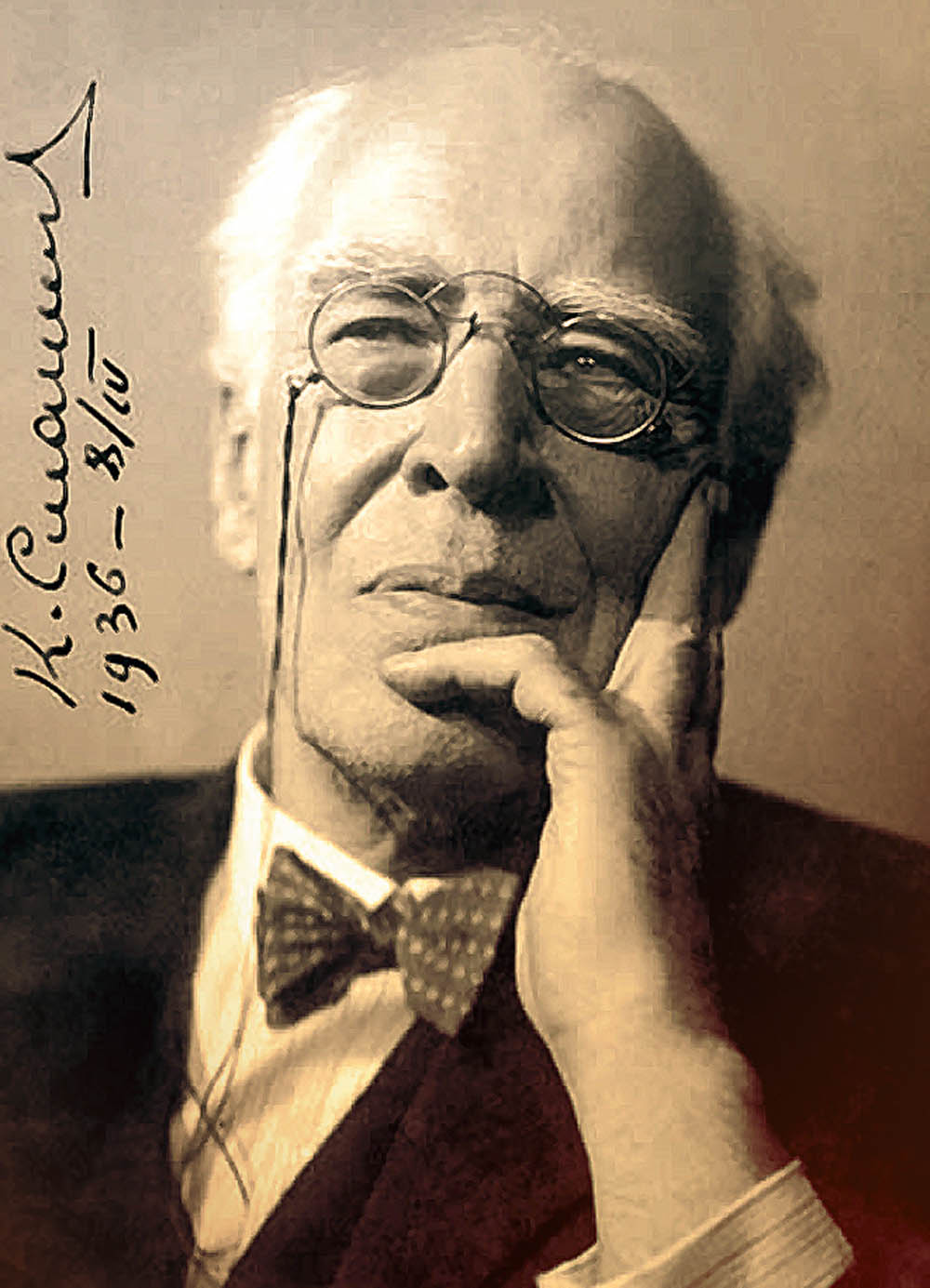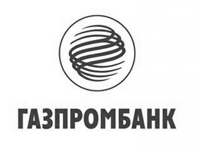News

STANISLAVSKI AND MALY THEATRE. COMMEMORATING THE 155TH ANNIVERSARY
«And if anyone ever asked me where I was educated, I would have answered: at the Maly Theatre, by Ermolova and her associates»
On January 17 the theatre world celebrates 155 years since the birth of Konstantin Sergeevich Stanislavski, an actor, director and a renowned Russian-Soviet theatre practitioner, a pillar of acting history.
He was born in 1863 into a family of rich textile manufacturers. The Alekseev factories had the monopoly on manufacture of all gold and silver thread throughout the Russian Empire. As a child, Stanislavski was interested in art: circus, ballet, and puppetry. Together with his colleague Vladimir Ivanovich Nemirovich-Danchenko he co-founded the Moscow Art Theatre, where he started developing his famous «System». «Stanislavski’s System» is a systematic approach to training actors that counts 100 years, and is still one of the leading systems used around the world.
According to his contemporaries, a handsome, tall, dignified young man, Konstantin Sergeyevich produced a powerful impression whenever he appeared in society. Tatyana Lvovna Shchepkina-Kupernik wrote about him: «... wherever he comes, in whatever environment he finds himself, it is hardly ever possible to question that he is definitely «someone». One only has to guess who this outstanding person is: an artist, a poet, a statesman.»
The bond between the Maly Theatre and Stanislavski is quite curious: on the one hand, Maly Theatre’s unfailing love for individual artists, and on the other hand, the inevitable rivalry and competition of the two giants - the Moscow Art Theatre and the Maly Theatre.
It was the Maly Theatre, the home of psychological realism, where Stanislavski gained experience in aesthetics and stagecraft. As an artist, Konstantin Sergeevich appreciated the real masters of the stage, talented people, such as the outstanding artists of the Maly Theatre: Alexander Pavlovich Lensky, Alexander Alekseevich Ostuzhev, Maria Nikolaevna Ermolova.
Stanislavski wrote the following about Lensky: «I was in love with Lensky: and his languorous eyes, dreamy, big blue eyes, and his gait, and his balance of the body, and his unusually expressive and beautiful hands, and his enchanting tenor pitch of voice, exquisite pronunciation and fine understanding of the phrase, and in his versatile talents in regards to the stage, painting, sculpture, literature.»
Konstantin Sergeevich had a great admiration for Maria Nikolaevna Ermolova and her talent. In March 1894, Stanislavski played the role of Paratov in Alexander Ostrovsky’s «Without a Dowry». It instantly became such a recognized success that Stanislavski was invited to play this part as a guest star with the Maly Theatre actors, with Maria Ermolova as Larisa Ogudalova. Stanislavski considered it to be a great honor and a real lesson in acting.
In 1920, in a letter expressing congratulations on Ermolova’s 50th artistic anniversary, Konstantin Sergeevich not only praised the great actress, but also emphasized her bond with the Maly Theatre: «Maria Ermolova - a whole era of the Russian theatre, and for our generation she is a symbol of femininity, beauty, strength, pathos, sincere simplicity and modesty…You are the brightest memory of our youth. You are the idol of teenagers, the first love of young men. Who was not in love with Maria Nikolaevna and the characters she created? We are grateful for all these impulses of a young, pure passion, you have awakened! Your elevating influence cannot be overestimated. It brought up generations. And if anyone ever asked me where I was educated, I would have answered: at the Maly Theatre, by Ermolova and her associates.»
However, Stanislavski’s personal sympathies never impeded the rivalry between the Art and the Maly Theatres, these different schools and acting traditions. In 1908, in one of the letters to the actress of Alexandrinsky Theatre, Vera Kotlyarevskaya, Stanislavsky mentioned: «The Maly Theatre is being reformed as well, but in a completely different way – they lure the actors and talk up their prices. In other times, they blame us for mediocrity, and in the moments of vivification we are being lured.»
When «Talents and Admirers» was staged in the Art Theatre, Stanislavski wrote: «The main thing in Ostrovsky is a resonant and effective word. We have strongly neglected this area of acting technique. The old masters of the Maly Theatre knew how to speak well. We have largely left them behind, we managed to create a more harmonious ensemble, raised the production of the theatre, mastered creative techniques and principles, but we forgot how to speak.»
Despite this rivalry, in the 30s of the 20th century, when the Maly Theatre was in a creative block, it were the pupils of Stanislavski and Nemirovich-Danchenko - who breathed new life into it: first the directors Leonid Andreevich Volkov (from 1933 to 1942) and Alexei Denisovich Dikiy (from 1935 to 1937) and, finally, as artistic director, Ilya Yakovlevich Sudakov (from 1937 to 1944). Sudakov, who worked for many years at the Art Theatre and inherited its creative methods, managed to combine the merits of these two great theatres for the benefit of the Maly.

«And if anyone ever asked me where I was educated, I would have answered: at the Maly Theatre, by Ermolova and her associates»
On January 17 the theatre world celebrates 155 years since the birth of Konstantin Sergeevich Stanislavski, an actor, director and a renowned Russian-Soviet theatre practitioner, a pillar of acting history.
He was born in 1863 into a family of rich textile manufacturers. The Alekseev factories had the monopoly on manufacture of all gold and silver thread throughout the Russian Empire. As a child, Stanislavski was interested in art: circus, ballet, and puppetry. Together with his colleague Vladimir Ivanovich Nemirovich-Danchenko he co-founded the Moscow Art Theatre, where he started developing his famous «System». «Stanislavski’s System» is a systematic approach to training actors that counts 100 years, and is still one of the leading systems used around the world.
According to his contemporaries, a handsome, tall, dignified young man, Konstantin Sergeyevich produced a powerful impression whenever he appeared in society. Tatyana Lvovna Shchepkina-Kupernik wrote about him: «... wherever he comes, in whatever environment he finds himself, it is hardly ever possible to question that he is definitely «someone». One only has to guess who this outstanding person is: an artist, a poet, a statesman.»
The bond between the Maly Theatre and Stanislavski is quite curious: on the one hand, Maly Theatre’s unfailing love for individual artists, and on the other hand, the inevitable rivalry and competition of the two giants - the Moscow Art Theatre and the Maly Theatre.
It was the Maly Theatre, the home of psychological realism, where Stanislavski gained experience in aesthetics and stagecraft. As an artist, Konstantin Sergeevich appreciated the real masters of the stage, talented people, such as the outstanding artists of the Maly Theatre: Alexander Pavlovich Lensky, Alexander Alekseevich Ostuzhev, Maria Nikolaevna Ermolova.
Stanislavski wrote the following about Lensky: «I was in love with Lensky: and his languorous eyes, dreamy, big blue eyes, and his gait, and his balance of the body, and his unusually expressive and beautiful hands, and his enchanting tenor pitch of voice, exquisite pronunciation and fine understanding of the phrase, and in his versatile talents in regards to the stage, painting, sculpture, literature.»
Konstantin Sergeevich had a great admiration for Maria Nikolaevna Ermolova and her talent. In March 1894, Stanislavski played the role of Paratov in Alexander Ostrovsky’s «Without a Dowry». It instantly became such a recognized success that Stanislavski was invited to play this part as a guest star with the Maly Theatre actors, with Maria Ermolova as Larisa Ogudalova. Stanislavski considered it to be a great honor and a real lesson in acting.
In 1920, in a letter expressing congratulations on Ermolova’s 50th artistic anniversary, Konstantin Sergeevich not only praised the great actress, but also emphasized her bond with the Maly Theatre: «Maria Ermolova - a whole era of the Russian theatre, and for our generation she is a symbol of femininity, beauty, strength, pathos, sincere simplicity and modesty…You are the brightest memory of our youth. You are the idol of teenagers, the first love of young men. Who was not in love with Maria Nikolaevna and the characters she created? We are grateful for all these impulses of a young, pure passion, you have awakened! Your elevating influence cannot be overestimated. It brought up generations. And if anyone ever asked me where I was educated, I would have answered: at the Maly Theatre, by Ermolova and her associates.»
However, Stanislavski’s personal sympathies never impeded the rivalry between the Art and the Maly Theatres, these different schools and acting traditions. In 1908, in one of the letters to the actress of Alexandrinsky Theatre, Vera Kotlyarevskaya, Stanislavsky mentioned: «The Maly Theatre is being reformed as well, but in a completely different way – they lure the actors and talk up their prices. In other times, they blame us for mediocrity, and in the moments of vivification we are being lured.»
When «Talents and Admirers» was staged in the Art Theatre, Stanislavski wrote: «The main thing in Ostrovsky is a resonant and effective word. We have strongly neglected this area of acting technique. The old masters of the Maly Theatre knew how to speak well. We have largely left them behind, we managed to create a more harmonious ensemble, raised the production of the theatre, mastered creative techniques and principles, but we forgot how to speak.»
Despite this rivalry, in the 30s of the 20th century, when the Maly Theatre was in a creative block, it were the pupils of Stanislavski and Nemirovich-Danchenko - who breathed new life into it: first the directors Leonid Andreevich Volkov (from 1933 to 1942) and Alexei Denisovich Dikiy (from 1935 to 1937) and, finally, as artistic director, Ilya Yakovlevich Sudakov (from 1937 to 1944). Sudakov, who worked for many years at the Art Theatre and inherited its creative methods, managed to combine the merits of these two great theatres for the benefit of the Maly.





















